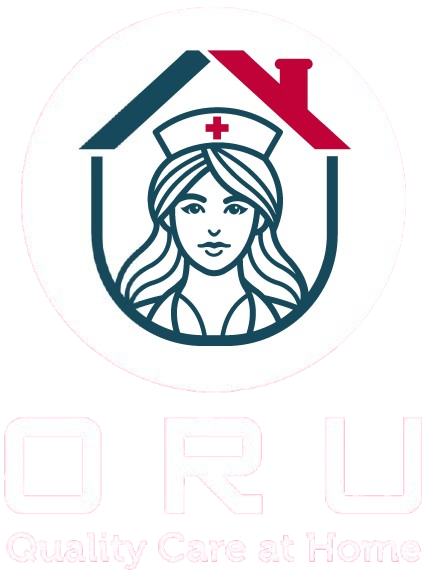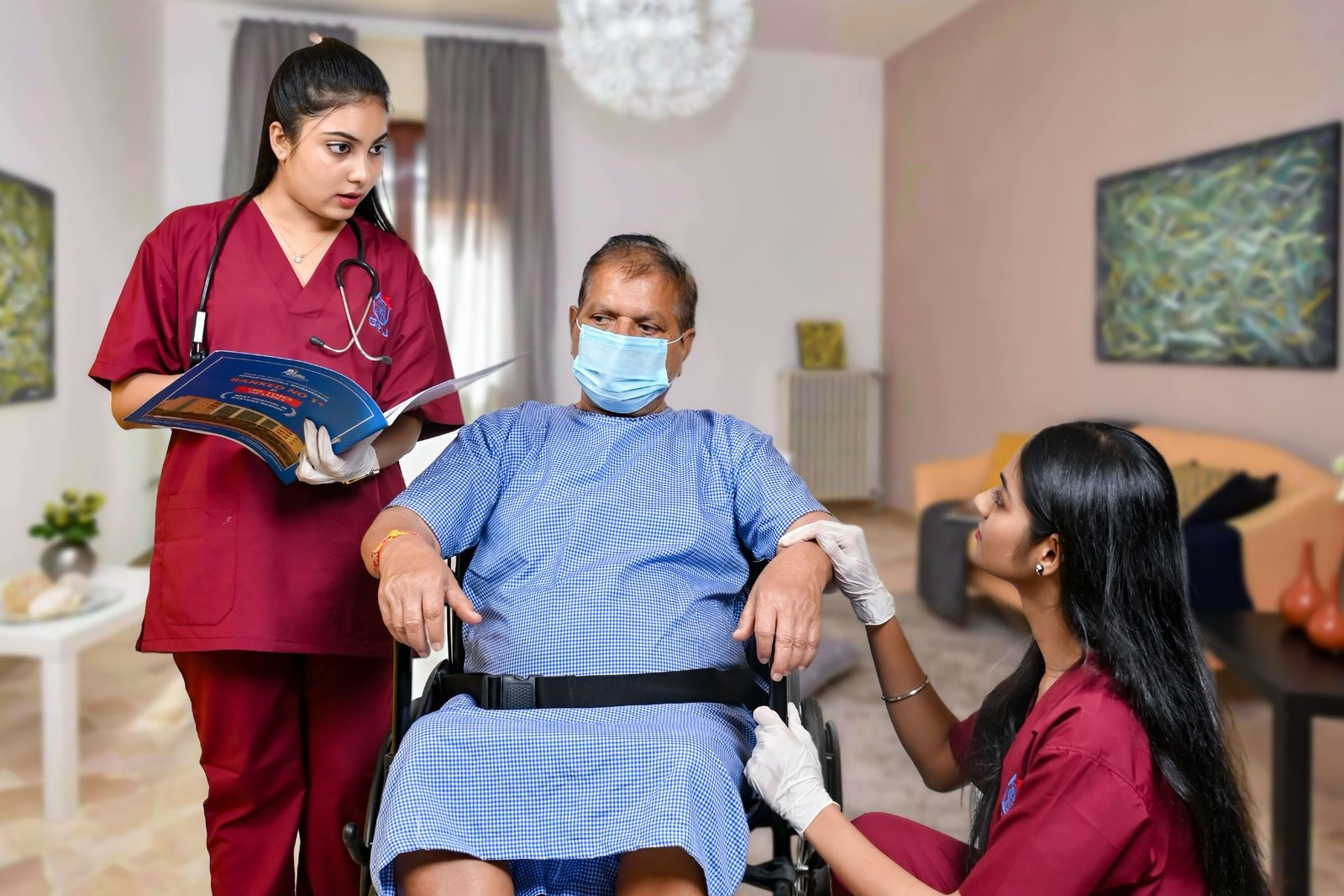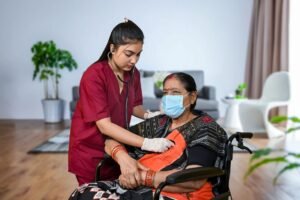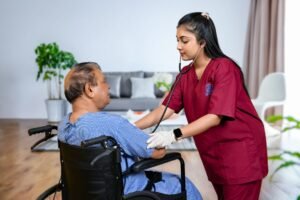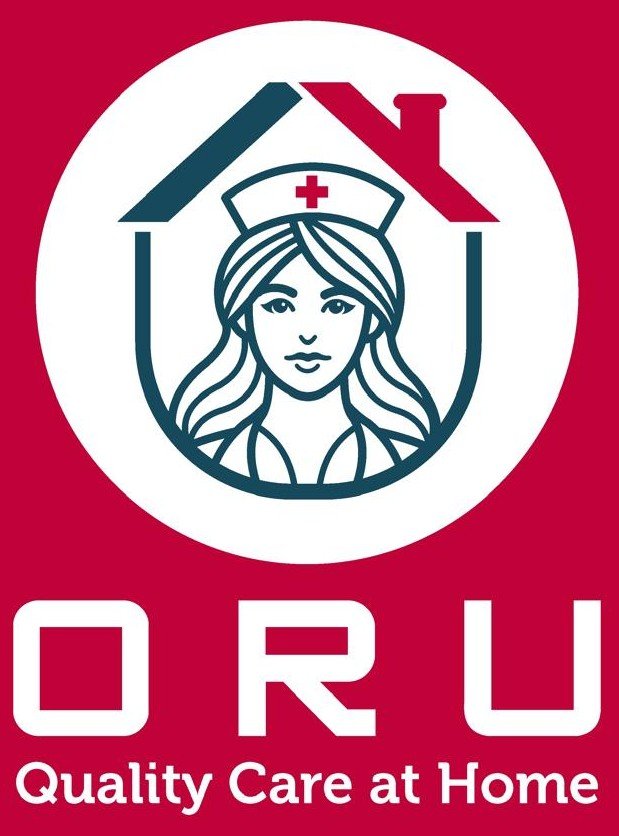Introduction
Recovering from a stroke is a unique journey for every survivor. The brain has an incredible ability to heal and adapt—a process known as neuroplasticity. However, successful recovery depends on timely medical care, rehabilitation, and emotional support.
In this blog, we’ll explore how stroke recovery works, the stages of healing, and the best approaches to regaining independence—whether at home or in a rehab facility.
How Does the Brain Recover After a Stroke?
A stroke occurs when blood flow to the brain is interrupted, causing brain cells to die. Recovery involves:
✔ Neuroplasticity – The brain rewires itself, forming new neural connections.
✔ Rehabilitation – Therapy helps regain lost functions (movement, speech, cognition).
✔ Time & Consistency – Recovery can take weeks, months, or even years.
Key Factors Affecting Recovery:
- Severity of the stroke (mild vs. major)
- Speed of emergency treatment (faster care = better outcomes)
- Age & overall health
The 3 Stages of Stroke Recovery
1. Acute Stage (First Few Weeks)
- Location: Hospital
- Focus: Stabilizing the patient, preventing complications.
- Treatments:
- Clot-busting drugs (if ischemic stroke)
- Surgery (if hemorrhagic stroke)
- Early mobility exercises to prevent muscle atrophy
2. Subacute Stage (1-6 Months Post-Stroke)
- Location: Rehab center or home with therapy
- Focus: Intensive rehabilitation to regain function.
- Therapies Used:
- Physical therapy (improves movement & balance)
- Occupational therapy (restores daily living skills)
- Speech therapy (helps with communication & swallowing)
This is when neuroplasticity is most active, making rehab crucial.
3. Chronic Stage (6 Months & Beyond)
- Location: Mostly home-based care
- Focus: Long-term recovery, adapting to lasting effects.
- Strategies:
- Continued therapy (outpatient or at home)
- Assistive devices (canes, walkers, speech apps)
- Emotional & mental health support
Best Rehabilitation Approaches for Stroke Recovery
1. Physical Therapy (PT)
- Helps with balance, strength, and coordination.
- Includes exercises like treadmill training, electrical stimulation, and stretching.
2. Occupational Therapy (OT)
- Teaches adaptive techniques for daily tasks (eating, dressing).
- May involve home modifications (grab bars, wheelchair ramps).
3. Speech & Language Therapy
- Improves speech, memory, and swallowing.
- Uses cognitive exercises & communication strategies.
4. Mental & Emotional Support
- 30-50% of stroke survivors experience depression.
- Counseling, support groups, and family involvement are critical.
Home Care vs. Rehab Centers: Which is Better?
While rehab centers provide structured therapy, home care offers:
✅ Personalized, one-on-one attention
✅ Comfort of familiar surroundings (boosts morale)
✅ Lower risk of infections
✅ Family involvement for emotional support
For many, a mix of inpatient rehab followed by home care works best.
How to Maximize Stroke Recovery at Home
- Stick to a therapy schedule (consistency is key).
- Encourage independence (let the patient try tasks safely).
- Use technology (recovery apps, telehealth check-ins).
- Focus on nutrition & hydration (brain-healthy foods help healing).
Conclusion: Recovery is a Marathon, Not a Sprint
Stroke recovery varies for each person, but early intervention, proper rehab, and a strong support system greatly improve outcomes. Whether at home or in a facility, the right care can help survivors regain independence and quality of life.
Need help with stroke recovery care? [Contact us] for expert guidance on home rehabilitation services!
